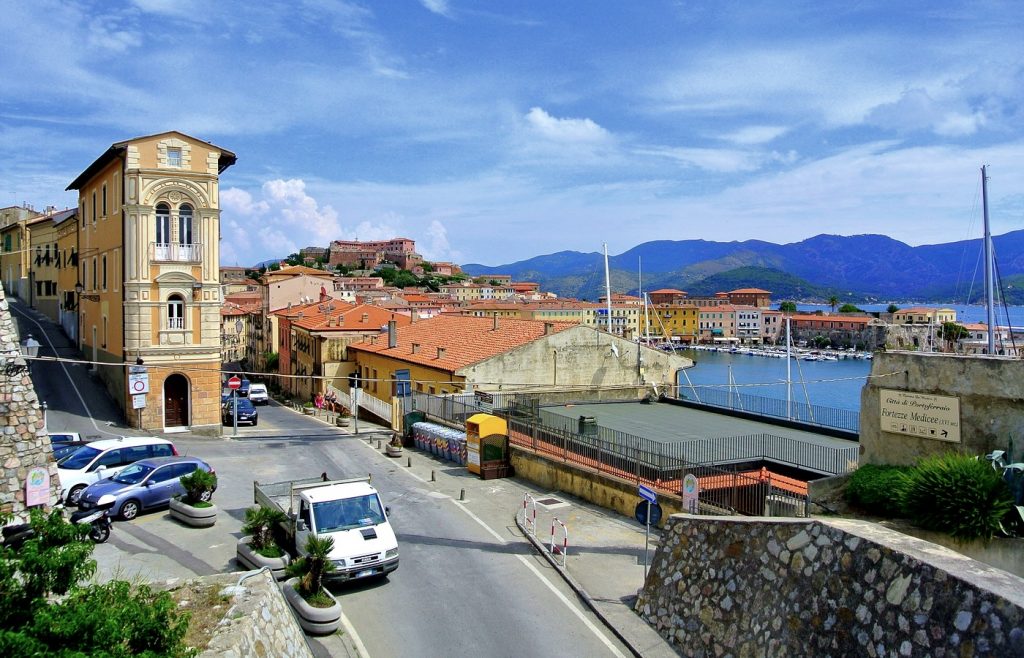Elba – Applying MaaS in a touristic destination
Authors: Giorgio Ambrosino and Saverio Gini, MemEx, Italy
On the Italian island of Elba, MaaS is taking a slightly different form. The island’s “Shared Use Mobility Agency” (SUMA), designed as part of the CIVITAS DESTINATIONS project, is tailoring the concept to the needs of a touristic island with small communities.
Consisting of seven municipalities, Elba has numerous towns and small settlements spread across the island with predominantly rural areas in between them. In this way, it can be considered to be a Functional Urban Area with large peripheral zones. The island’s public transport services operate mainly along its key transport arteries. However, the summer tourist season brings with it a 30 per cent increase in transport demand, alongside an increase in trips to tourist destinations beyond the main transport network.
Currently, the island’s (public) transport system cannot meet these needs. This situation is further exacerbated by the fragmented nature of Elba’s mobility offer (including rental operators): services are uncoordinated and information spread across various sources.
To tackle these problems and create a mobility ecosystem fit for residents and tourists, the Elba municipalities of Portoferraio and Rio and MemEx, a consultancy, have joined forces to design SUMA. SUMA works on the basis that transport authorities should act as promoters of MaaS, and ensure that ridesharing services are fully incorporated into the public transport and overall mobility service offer.
Its role is to integrate the various services available, make them easily accessible, and coordinate the responsible operators. To achieve this, an IT platform is being developed that will be accessible via a mobile app and website. When released, this will be called “Elba Sharing”. By aggregating data from various sources and systems, it will provide different services to facilitate multimodal travel, such as a journey planner and in-app payment, and offer a single access point to Elba’s ridesharing services and rental operators. This should make it possible for users to combine public transport with ridesharing and rental options for journeys of different lengths and at times of varying demand.
Ridesharing possibilities are numerous, including sharing a trip when a user is on the ferry; planning shared trips in advance; and sharing a taxi trip. These will be managed through a notice board on which passengers and drivers can publish their trip share requests and offers.
Moreover, a search engine function will make it possible to identify opportunities to combine ridesharing offers and requests with public transport. Features such as journey tracking and user evaluation of vehicle drivers will also be included to improve passenger safety.
This demand- and user-driven model should help to reduce the number of private trips made over summer and convince more people to use collective transport outside of the tourist season. A SUMA prototype was ready in April 2019 for internal testing, whilst its first features are expected to be operational by the end of summer 2019. Find out more on SUMA’s design at www.memexitaly.it.
Power to the people
Mobility is a matter of convenience – people want to feel free to move around as they please. By giving users full control, MaaS has the potential become a driving force in attempts to encourage more sustainable travel. Richard Adams, ICLEI Europe





